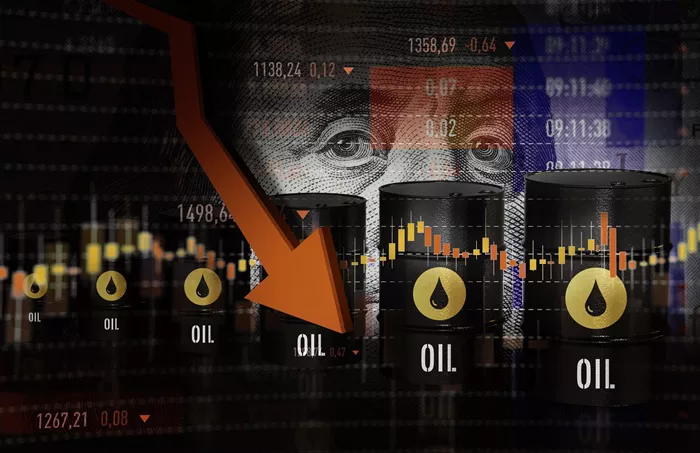Asian oil refiners, from independent Chinese “teapot” processors to facilities in Singapore and South Korea, are scaling back operations or contemplating cuts due to the ripple effect of U.S. sanctions on Russia. These measures have disrupted crude flows, particularly for Chinese refiners reliant on Russia’s ESPO grade oil from the Pacific port of Kozmino.
Independent refiners in China’s Shandong province have been hit hardest, as the sanctions have left them with a severe shortage of their preferred Russian crude. In other parts of Asia, smaller merchant processors—many of which rely on fuel exports due to limited domestic demand—are also feeling the pinch. Soaring physical crude prices and freight rates are further straining their operations.
Mia Geng, an analyst at industry consultant FGE, noted that “a feedstock shortage, coupled with higher costs for alternative crude, has prompted many independent refineries to trim runs by 10% to 20%.” This trend is expected to worsen in February, she added.
The sanctions, imposed on January 10, have hit Asian refiners from several angles. The disruption of Russian oil supplies has driven up demand for alternative crude grades, such as Oman and Abu Dhabi’s Murban, which are now priced higher. Meanwhile, freight rates have surged, compounding the cost pressures. Merchant refiners—especially those in Singapore, South Korea, and Taiwan—are particularly vulnerable due to their reliance on spot purchases and Saudi Arabian oil for their primary supply.
These rising costs have led to a significant reduction in refining margins, with some refiners even seeing negative margins. According to traders, gross refining margins in Singapore, a key regional benchmark, have dropped from $3.75 a barrel earlier this month to minus 65 cents this week, based on data from S&P Global Commodity Insights. Merchant refiner margins have shifted from a small profit of $2 to $3 a barrel to a loss, forcing some processors to halt additional spot purchases and consider further run cuts or temporary shutdowns.
The demand for Middle Eastern crudes, particularly from China and India, has driven the sharpest price increases. These countries are scrambling to replace the Russian crude they have lost, with more shipments from the Atlantic Basin also being sourced.
In China, the “teapot” refiners have seen their capacity utilization fall to just over 50% last week, compared to 63% at the same time last year, according to Mysteel Oilchem data. They face challenges not only in securing Russian oil they had already purchased but also in managing the increased costs for alternatives and transport.
Geng predicts that activity at the Chinese refineries will likely continue to decline in February. However, there may be some recovery by March, driven by improved feedstock availability and a seasonal rise in domestic diesel demand.
Related topics:
EUR/JPY, USD/JPY, and AUD/USD Technical Analysis: Key Levels to Watch
Biden’s Economic Adviser Warns Trump’s Policies Could Reignite Inflation
UBS Urges Short Position on India’s Rupee, Warns of Economic Slowdown Amid External Risks


